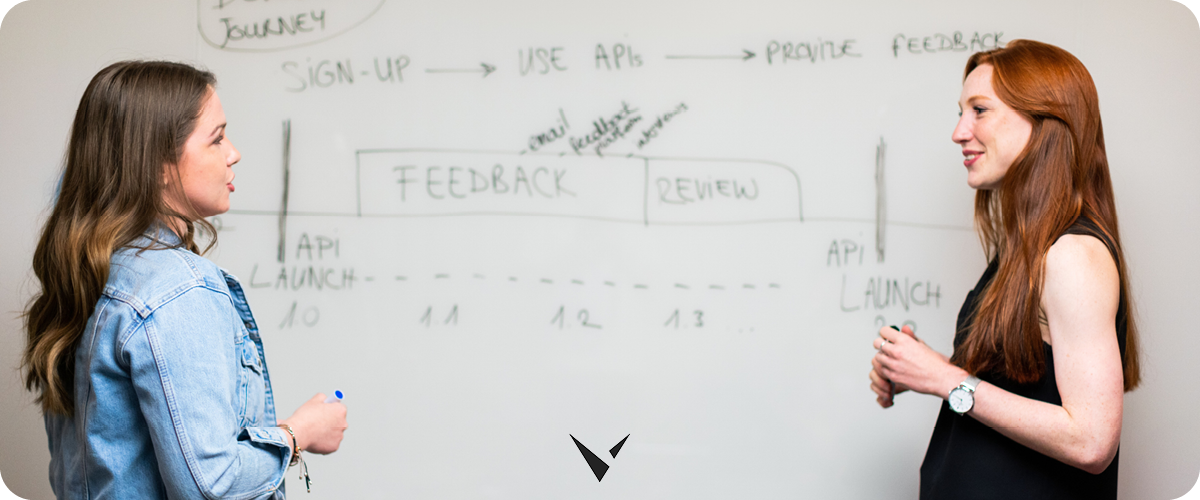
This post is part of a four-part series connected to an industry report looking at “Using technology in the classroom to better engage students” where 760 teachers shared insights into their challenges. You can read the full report at the end of this post.
Though not all see a rosy future, there’s plenty of positivity among teachers about what the next twenty years will hold for education. By and large, most are convinced that technology will remain at the very heart of learning in the coming decades, though one teacher calls for “… a balance between technology and face-to-face teaching. Technology,” they say, “should be used to enhance learning, not as a replacement for teaching.”
For some, the future will see advanced technologies embedded in schools. They believe Artificial Intelligence will play a part in helping to coordinate the classroom and they see tools like Virtual Reality playing a key role in inspiring and engaging students. For others, technology’s role will be that of enabler. As student-led learning becomes more popular, technology will need to support students as they explore and learn on their own or elect to take lessons at times that suit them best.
Teachers also see a continuation of the trend towards flexible learning spaces. Indeed, some question whether classrooms will exist in their current format as students embrace hybrid learning and, perhaps, choose to adopt a purely virtual model. They see the future classroom as a kind of meeting point, rather than the center of a student’s education.
Once again, enabling this kind of asynchronous approach to learning and supporting student choice will need to be underpinned by technology—both in terms of delivery and ensuring that all students have access to the tools they need.
It’s worth noting that some teachers also fear for the future. They worry about the apathy they see among some of today’s students and are unsure how the trend can be reversed. They feel students will continue to be exposed to more and more external calls on their time—through sport and access to an even wider range of social media sites—which will reduce the amount of time spent learning and provide even more distractions to a future generation.
Read the “Using technology in the classroom to better engage students” report.



